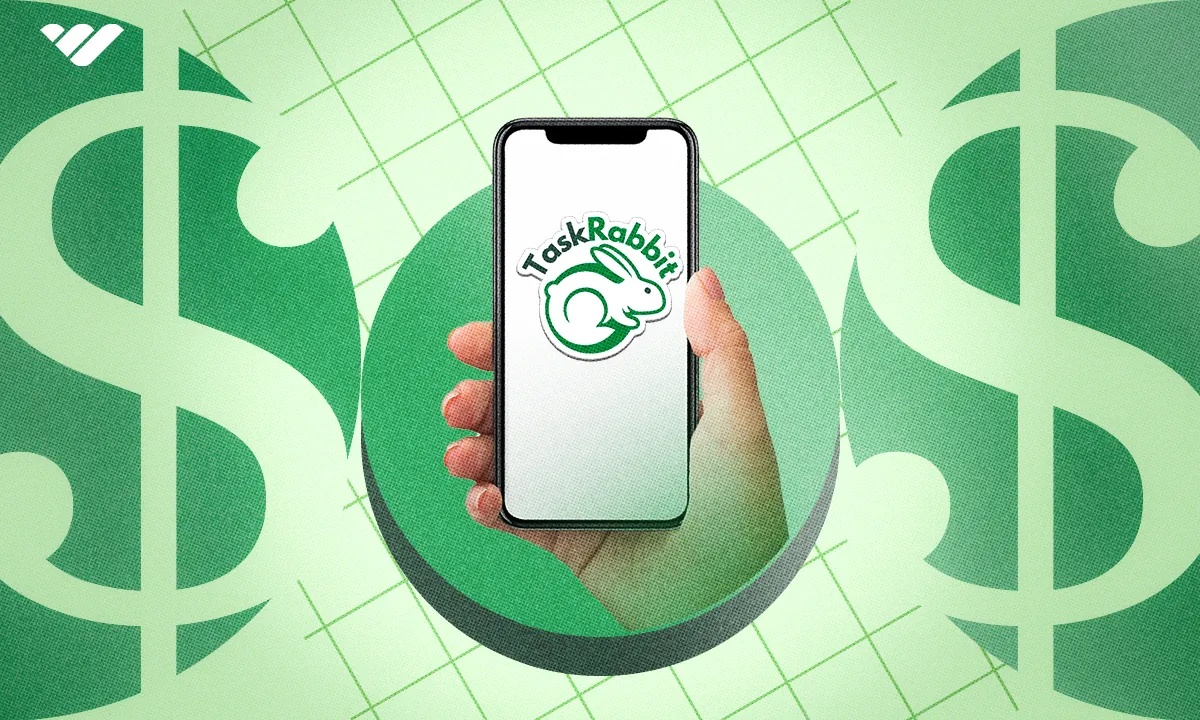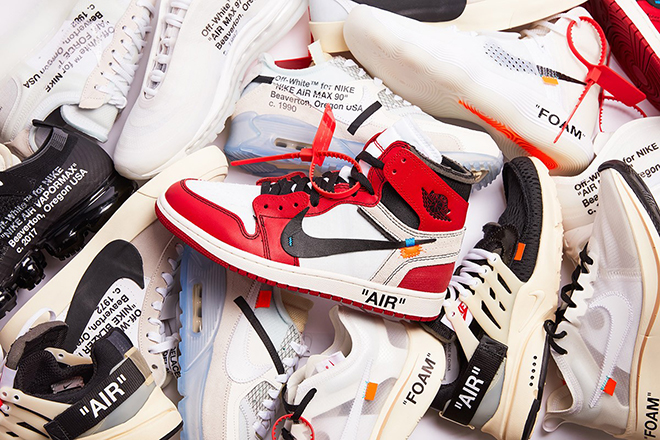Introduction to Buy Now, Pay Later Services
Imagine shopping without the stress of immediate payments. The thrill of finding that perfect outfit or gadget is now paired with a more manageable way to pay. Enter Buy Now, Pay Later (BNPL) services – game changers in the retail landscape. Klarna and Affirm are leading this charge, providing shoppers with flexible payment options that fit their lifestyles.
These innovative platforms have transformed how consumers approach spending, making credit-free shopping not just possible but also appealing. With budgeting tools integrated into their systems, they offer a smarter way to manage finances while enjoying a guilt-free shopping experience. As we dive deeper into the world of BNPL services, you’ll discover how these companies are reshaping consumer behavior and revolutionizing the marketplace for good.
The Rise of Klarna and Affirm in the Market
The emergence of Klarna and Affirm has transformed the retail landscape. These brands have made waves by offering flexible payment options that appeal to a wide range of consumers.
Klarna, founded in Sweden, gained traction quickly with its user-friendly interface. It allows shoppers to split their purchases into manageable payments without interest if settled on time. This seamless experience enhances consumer satisfaction while driving sales for retailers.
Affirm took a slightly different approach. By focusing on transparency and straightforward terms, it builds trust among users who might hesitate about hidden fees or complicated agreements. Shoppers appreciate knowing exactly what they owe upfront.
Both companies are pushing boundaries in credit-free shopping, making high-ticket items more accessible than ever before. As they continue to innovate, the competition between these two giants only intensifies—benefiting consumers seeking smarter ways to budget their purchases.
How Buy Now, Pay Later Works
Buy Now, Pay Later (BNPL) services provide a flexible approach to online shopping. When you choose this option at checkout, you gain the ability to split your purchase into manageable payments.
Typically, the process starts with an application. Customers input basic information for approval—often completed in seconds. Once approved, they can start using their BNPL account immediately.
Payments are usually divided into equal installments over several weeks or months. This gives shoppers a chance to pay for items without straining their budgets right away.
No credit checks are often required for small purchases, which makes it accessible to many consumers seeking credit-free shopping options. It’s designed to enhance user experience by making transactions smoother and more convenient. However, just because it’s easy doesn’t mean it’s risk-free; understanding how these plans work is essential before diving in.
Benefits and Drawbacks of Using Klarna and Affirm
Klarna and Affirm bring a fresh approach to shopping. They allow consumers to make purchases without immediate financial pressure. Users enjoy the flexibility of splitting payments over time, which can ease strain on monthly budgets.
However, this convenience comes with potential pitfalls. Overspending is a common risk as users might feel empowered to buy more than they can afford. The allure of credit-free shopping may lead some into unintentional debt cycles.
Additionally, not all merchants accept these services. This limits choices for shoppers who want that seamless experience across various retailers.
Another concern is the impact on credit scores; while Klarna and Affirm often don’t require hard inquiries, missed payments can still affect your financial standing negatively.
Being aware of both sides helps users navigate their options wisely when utilizing these budgeting tools in an increasingly digital marketplace.
Best Practices for Using Buy Now, Pay Later Services
Using Buy Now, Pay Later (BNPL) services can enhance your shopping experience if approached wisely. Start by setting a clear budget. Know how much you can afford before making any purchases to avoid overspending.
Always read the terms and conditions carefully. Each service has different fees and interest rates that could catch you off guard later on.
Keep track of your payments. Use budgeting tools or apps to remind yourself when they’re due. This helps prevent missed payments and potential penalties.
Limit the number of BNPL transactions at one time. Juggling multiple plans might lead to confusion, which could negatively affect your credit score.
Consider using these services only for essential items or planned purchases rather than impulsive buys. Prioritizing what you really need ensures a more responsible approach to credit-free shopping while enjoying flexible payment options.
Competition in the BNPL Industry
The Buy Now, Pay Later (BNPL) industry is becoming increasingly competitive. New players are emerging daily, eager to claim their slice of the market.
Established names like Klarna and Affirm face fresh challenges from fintech startups that offer innovative solutions. These newcomers often cater to niche markets, creating tailored experiences for specific demographics.
Companies are also enhancing their user experience by integrating budgeting tools directly into their platforms. This makes it easier for users to manage payments while shopping credit-free.
Partnerships with retailers have become a key strategy as well. By collaborating with popular brands, BNPL services can reach wider audiences and boost sales for merchants simultaneously.
As competition heats up, companies must constantly innovate to retain customers. They are exploring features such as loyalty rewards and personalized recommendations—making the shopping experience even more engaging for consumers who seek flexibility in payment options.
Future of Buy Now, Pay Later and Its Impact on Consumer Behavior
The future of Buy Now, Pay Later (BNPL) services like Klarna and Affirm is poised for significant evolution. As more consumers embrace credit-free shopping, these platforms are not just reshaping payment methods; they’re altering consumer behavior at its core.
With an increasing focus on user experience, BNPL providers are continually enhancing their interfaces and features. Users expect seamless transactions that integrate budgeting tools to help them manage finances effectively. This trend suggests that the demand for more personalized financial products will grow.
Moreover, as younger generations become primary shoppers, the desire for flexible payment options will likely intensify. These digital natives prioritize convenience and transparency in their purchase journey. They tend to favor brands that align with their values—affordability without sacrificing quality.
As competition heats up within the BNPL market, companies might introduce innovative solutions to differentiate themselves further. Expect advancements such as instant approvals or partnerships with retail giants that could streamline shopping experiences even more.
As we move forward, it’s clear that Buy Now, Pay Later services aren’t merely a passing trend but a transformative shift in how consumers approach spending and budgeting decisions. This evolution has potential implications not only for individual financial habits but also for broader economic patterns as people increasingly rely on alternative financing methods when making purchases.




